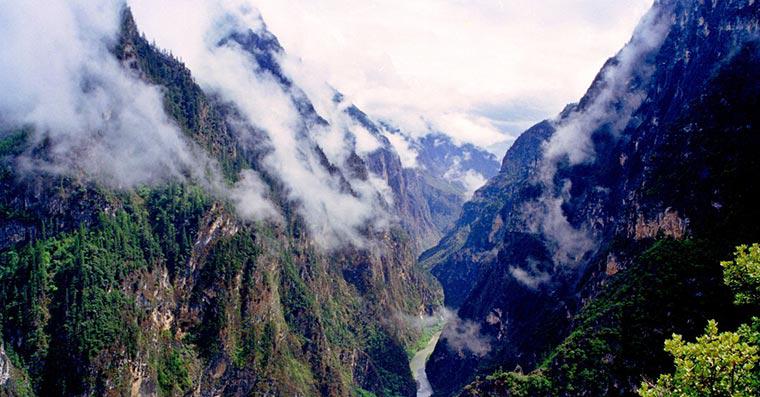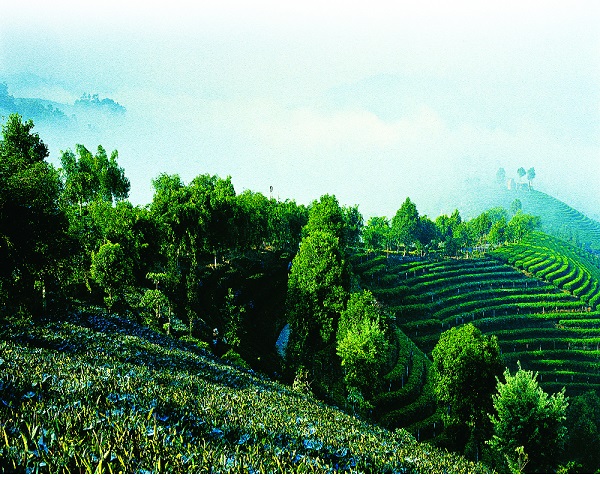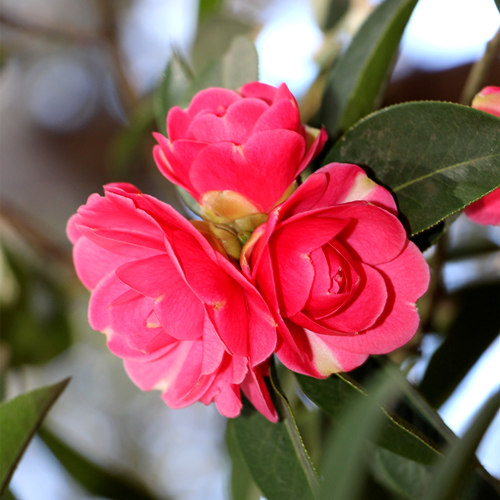
Detailed Introduction to Gucheng District of Lijiang
Gucheng District (古城区) is the administrative and cultural heart of Lijiang City in Yunnan Province, China. Known for its picturesque landscapes, ancient architecture, and rich Naxi cultural heritage, Gucheng District is one of the most prominent tourist destinations in the region. It is home to the renowned Lijiang Old Town, a UNESCO World Heritage Site, and boasts a unique blend of natural beauty, historical significance, and ethnic traditions.
Geographical Location and Climate
Location:
Gucheng District is located in the central part of Lijiang City, surrounded by stunning mountain ranges, rivers, and valleys. It covers an area of approximately 55 square kilometers and serves as the political, economic, and cultural center of the city. The district is situated at the foot of Jade Dragon Snow Mountain, which is one of the most iconic landmarks in the region.
Terrain and Environment:
The terrain in Gucheng is characterized by a combination of mountains, rivers, and plateaus.
The Yangtze River (Changjiang) system, including the Lashi Lake and Black Dragon Pool, flows through the area, contributing to the fertility of the land and enhancing the area’s natural beauty.
Climate:
Gucheng has a mild temperate climate due to its high altitude. The average annual temperature is around 15°C, with summers being warm but not overly hot, and winters being cold but manageable due to the mild temperatures. The district receives plenty of sunshine throughout the year and experiences a relatively low level of rainfall compared to other regions in Yunnan.
Historical Background
Ancient Towns and Cultural Heritage:
Gucheng District is historically significant, serving as the core of the Lijiang Old Town, which has been a vital hub for trade and culture for centuries. The history of Lijiang dates back over 800 years, with evidence of settlement as early as the Song Dynasty (960-1279). The district has long been a center of ethnic interaction, particularly with the Naxi people, one of the oldest ethnic groups in China.
Naxi Culture: The Naxi people, with their unique Dongba script and religion, have been central to Lijiang’s development as a cultural and intellectual hub.
Tea Horse Road: Lijiang, including Gucheng District, was an important point along the ancient Tea Horse Road, facilitating trade between China and Tibet, India, and Southeast Asia.
World Heritage Status: In 1997, the Lijiang Old Town (including Gucheng) was designated as a UNESCO World Heritage Site, recognized for its well-preserved ancient architecture, unique Naxi culture, and historical significance as a trading center.
Economic Overview
Gucheng District’s economy is driven by tourism, cultural industries, agriculture, and small-scale industries. As the heart of Lijiang City, it plays a key role in both the city’s economic activities and the broader economy of the region.
1. Tourism
Tourism is by far the most important economic sector in Gucheng District, with millions of visitors flocking to the district each year. The district’s combination of historical sites, vibrant culture, and scenic beauty makes it a top tourist destination in China.
Lijiang Old Town: Known for its cobbled streets, traditional wooden houses, and intricate waterways, the Old Town of Lijiang is the main attraction in Gucheng. Its preservation of ancient Naxi architecture, temples, and courtyards has made it a major draw for visitors.
Jade Dragon Snow Mountain: The district provides access to Jade Dragon Snow Mountain, a popular spot for hiking, skiing, and mountain photography.
Black Dragon Pool: A scenic park located at the base of Jade Dragon Snow Mountain, it is famous for its beautiful views, traditional architecture, and reflection of the mountain in its clear waters.
Cultural Festivals: Gucheng is home to many cultural events, including the Naxi New Year, Lijiang Music Festival, and local religious ceremonies, which attract visitors interested in local traditions.
2. Agriculture
Gucheng is surrounded by fertile lands that support a variety of agricultural activities, including the cultivation of crops like:
Tea: Lijiang is known for producing highland tea, particularly Pu'er tea varieties.
Fruits: The region grows a variety of fruits, including apples, pears, and grapes.
Vegetables and Herbs: The mild climate supports the cultivation of a range of vegetables and medicinal herbs.
3. Cultural and Creative Industries
Cultural industries have flourished in Gucheng due to the district’s rich heritage. The district is a hub for Naxi arts, including painting, embroidery, and Dongba religious art. Local crafts and traditional products such as silver jewelry, wood carvings, and embroidered fabrics are popular souvenirs for tourists.
4. Retail and Hospitalit



